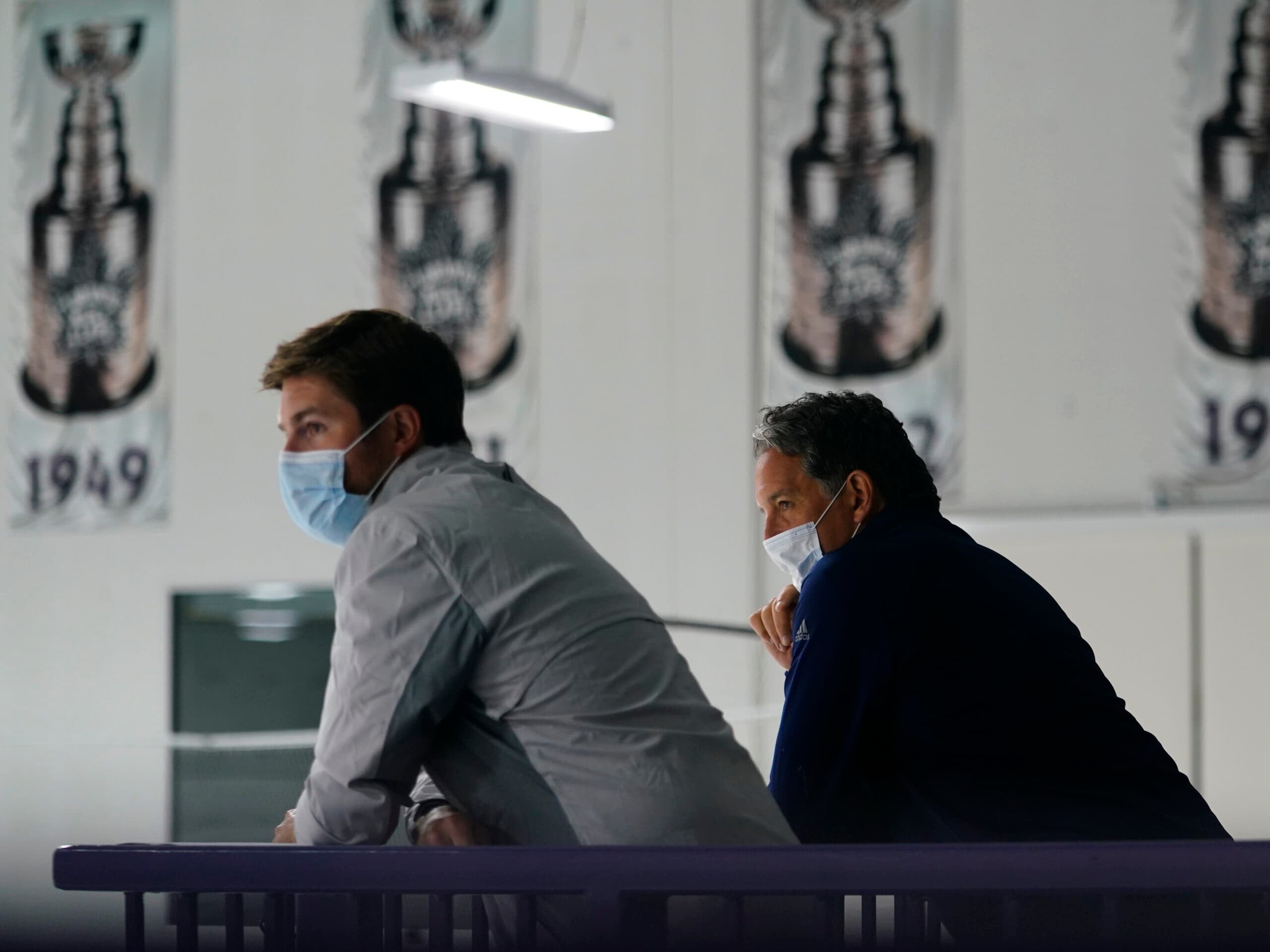The Leafs add Jake McCabe and Sam Lafferty; what’s next?
Photo credit: John E. Sokolowski-USA TODAY Sports
By Colin Hunter
Feb 28, 2023, 12:40 EST
Breaking News
- Former Panther Brandon Montour says Florida will be ready to respond in Game 3
- Panthers’ biggest stars have been quiet against Maple Leafs – but don’t expect that to last
- NHL betting preview (May 9): Maple Leafs vs. Panthers Game 3 predictions
- Brandon Montour reveals Toronto was a serious consideration in free agency last summer: Leafs Morning Take
- Craig Berube praises Chris Tanev’s shot blocking abilities ahead of Game 3 vs. Panthers
